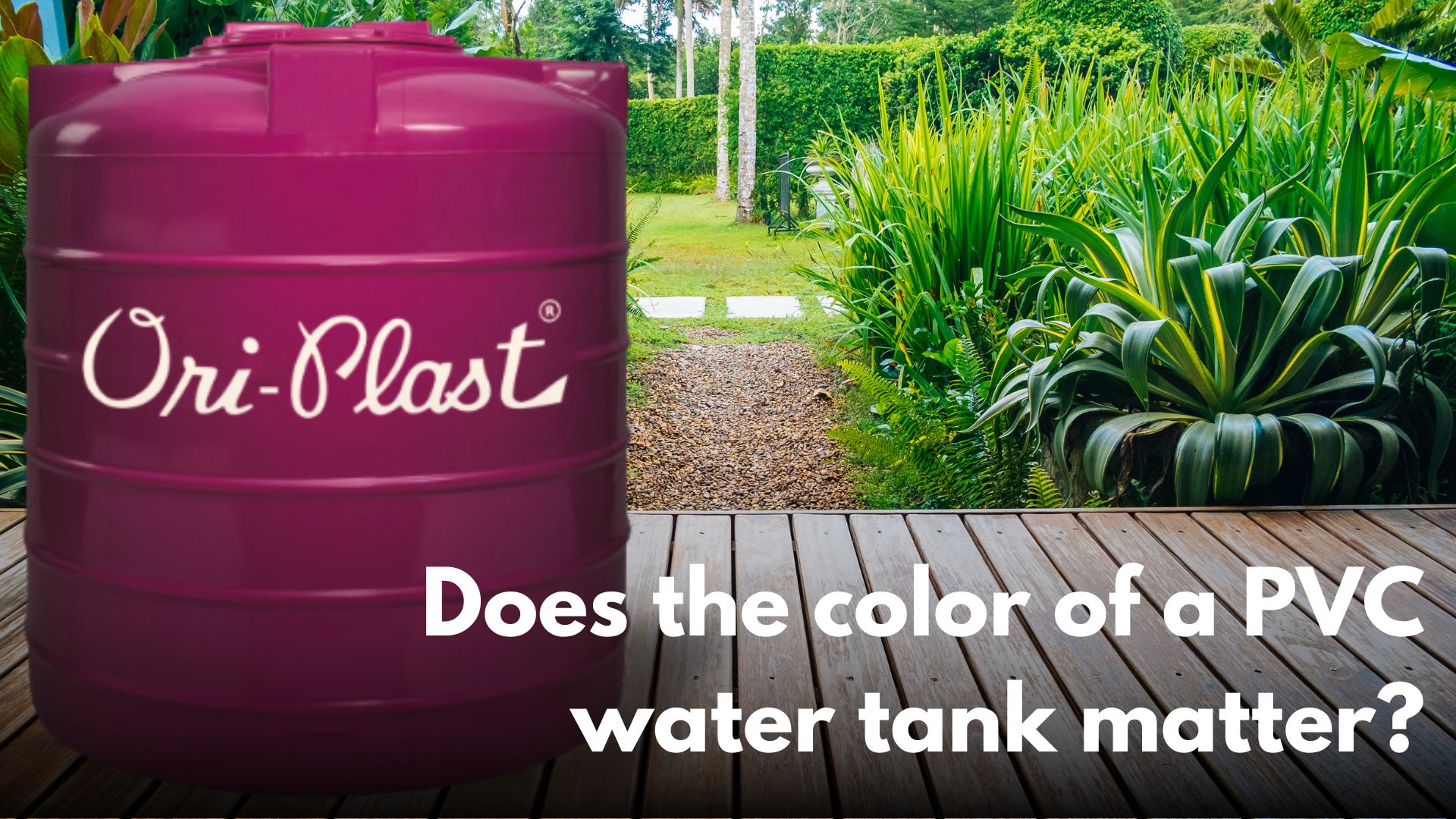Monsoon season brings much-needed relief from the scorching heat in India, but it also brings an increased risk of water-borne diseases. Contaminated water and poor sanitation can lead to the spread of illnesses such as cholera, typhoid, and diarrheal diseases. However, by following a few simple practices, you can safeguard yourself and your loved ones from these health hazards. In this article, we will discuss five easy practices to prevent water-borne diseases during the monsoon season in India, backed by relevant data and statistics.
5 Easy Practices to Prevent Water-Borne Diseases
Boil or Purify Drinking Water:
Contaminated water is a major source of water-borne diseases. During the monsoon, water sources such as lakes, rivers, and wells can become contaminated due to heavy rainfall and runoff. To ensure the safety of drinking water, it is crucial to boil water for at least one minute or use water purifiers that effectively remove harmful microorganisms. According to the World Health Organization (WHO), an estimated 37.7 million Indians are affected by water-borne diseases each year.
Maintain Clean Water Storage:
Proper storage of water is essential to prevent contamination. Ensure that water containers are clean, covered, and placed in a hygienic location. Regularly clean and disinfect water storage containers to eliminate any bacterial growth. A study conducted by the Indian Journal of Public Health revealed that around 80% of water samples collected from household storage containers were contaminated with bacteria during the monsoon season.
Practice Good Hygiene:
Maintaining personal hygiene is crucial in preventing the spread of water-borne diseases. Wash your hands thoroughly with soap and clean water before eating or preparing food, after using the restroom, and after handling any potentially contaminated objects. According to a study published in The Lancet, the simple act of handwashing with soap can reduce diarrheal diseases by up to 48%.
Use Sanitary Toilets or Properly Constructed Pit Toilets:
Improper disposal of human waste can contaminate water sources and lead to the spread of diseases. In areas where access to proper sanitation facilities is limited, the use of sanitary toilets or properly constructed pit toilets is essential. According to a report by WaterAid, around 732 million people in India do not have access to basic sanitation facilities, increasing the risk of water-borne diseases.
Keep Surrounding Areas Clean and Free from Stagnant Water:
Stagnant water is a breeding ground for mosquitoes that carry diseases such as dengue and malaria. Prevent the accumulation of stagnant water near your home by regularly clearing and cleaning containers, drains, and gutters. Cover water storage containers tightly to prevent mosquitoes from breeding. According to the National Vector Borne Disease Control Program, there were over 1.93 million cases of dengue fever reported in India in 2020.
Conclusion
By following these five easy practices, you can significantly reduce the risk of water-borne diseases during the monsoon season in India. Boiling or purifying drinking water, maintaining clean water tanks, practicing good hygiene, using proper sanitation facilities, and keeping surrounding areas clean are all crucial steps in safeguarding your health. Remember, prevention is always better than cure. Stay informed, adopt these practices, and enjoy a safe and healthy monsoon season.




